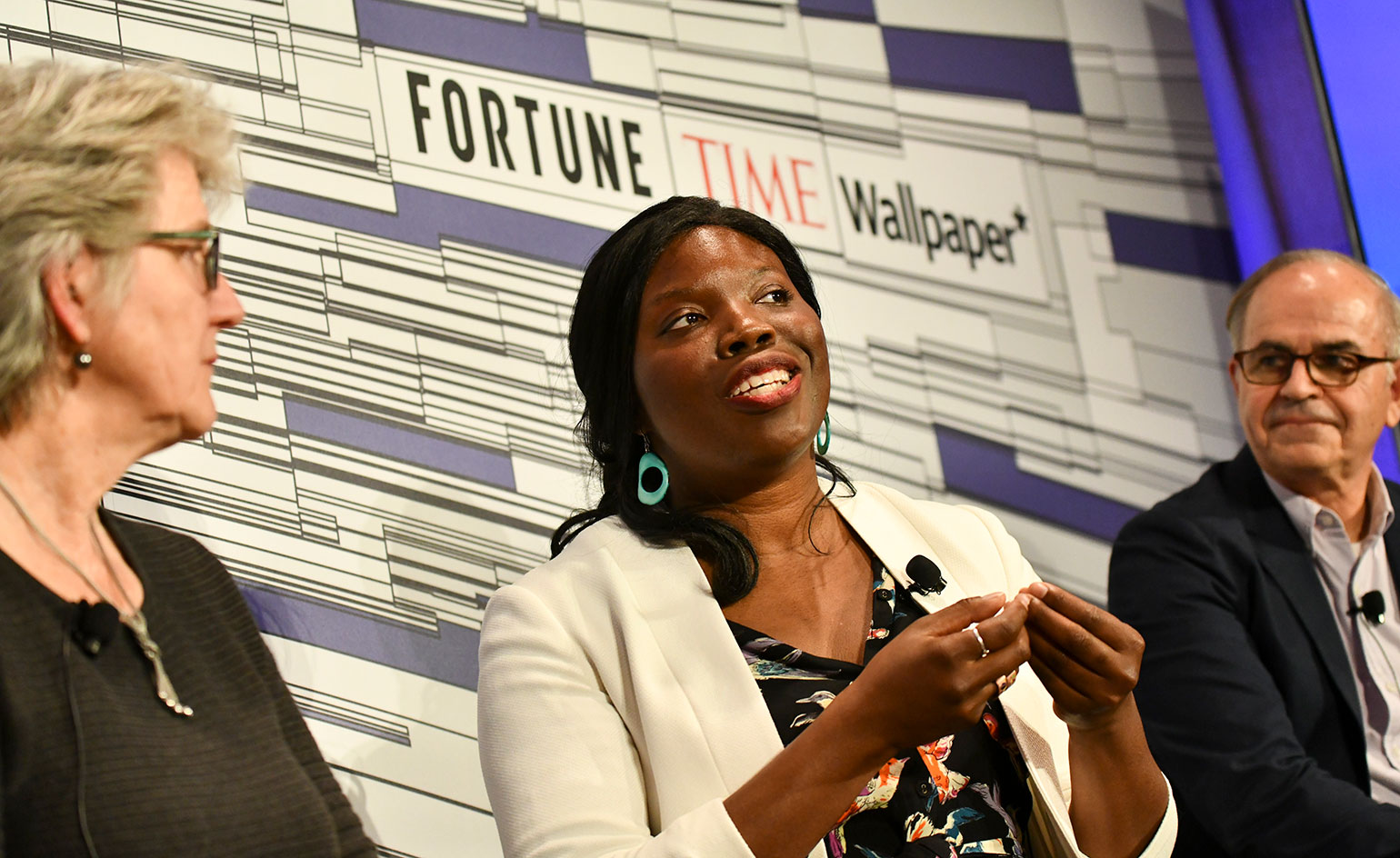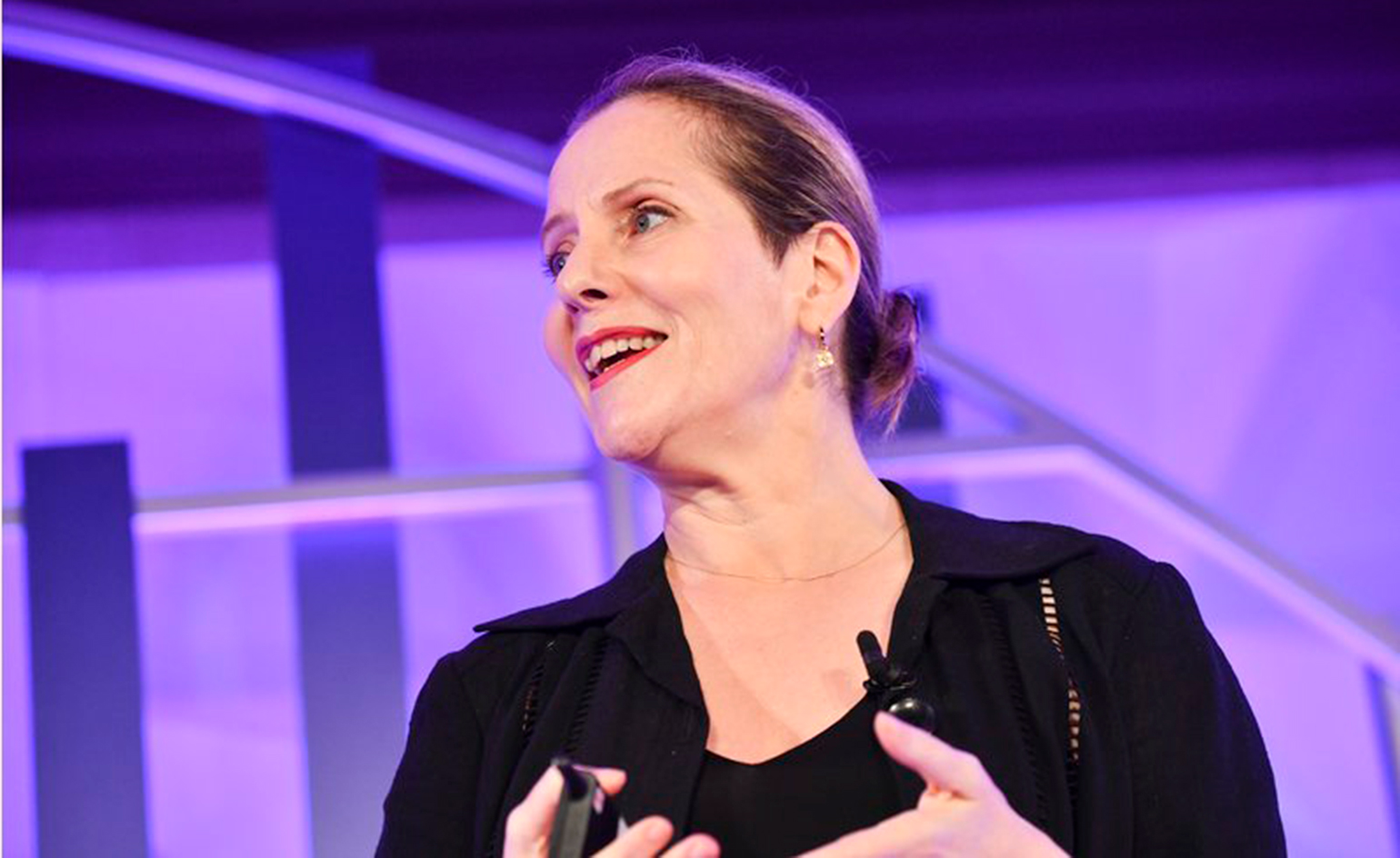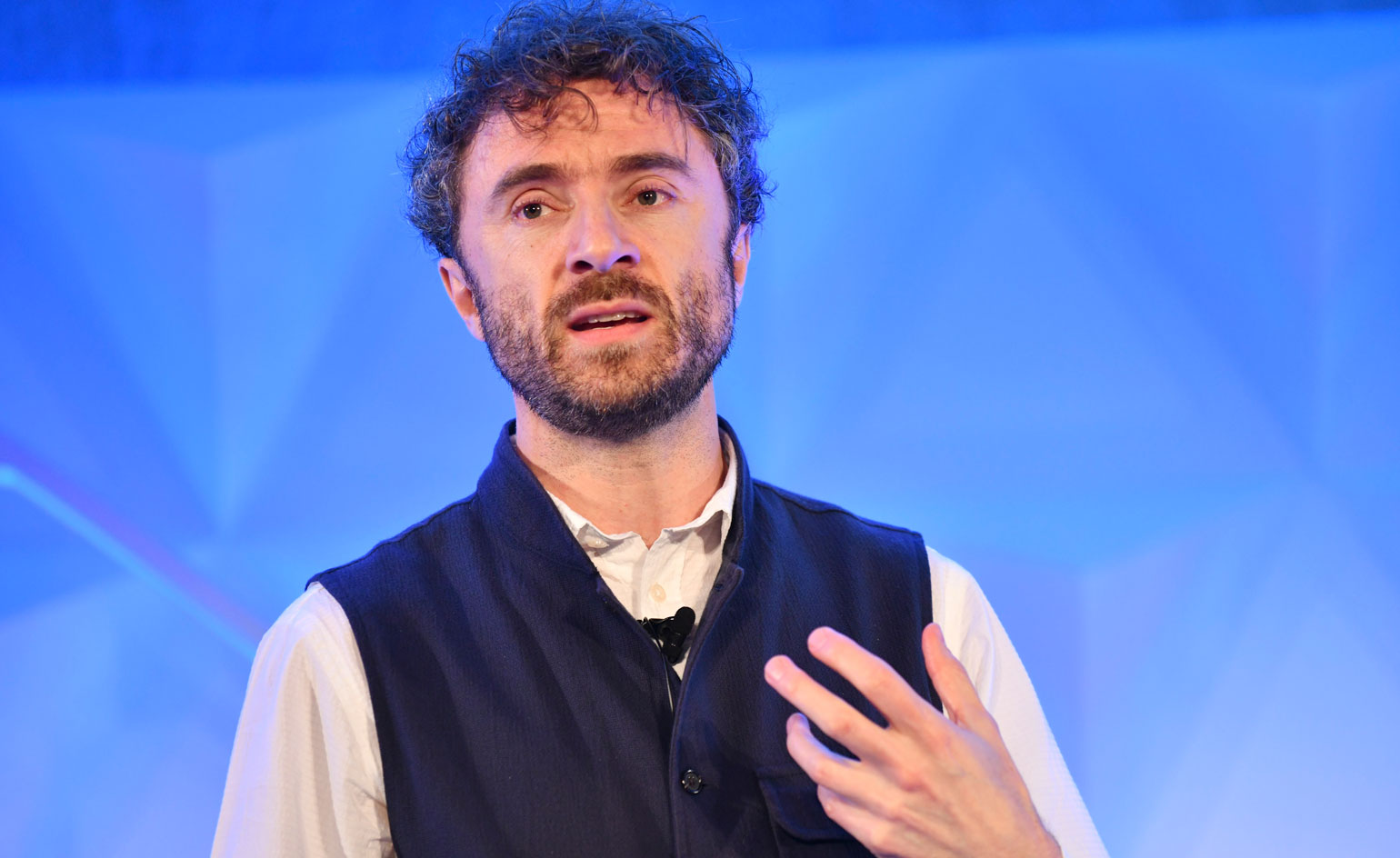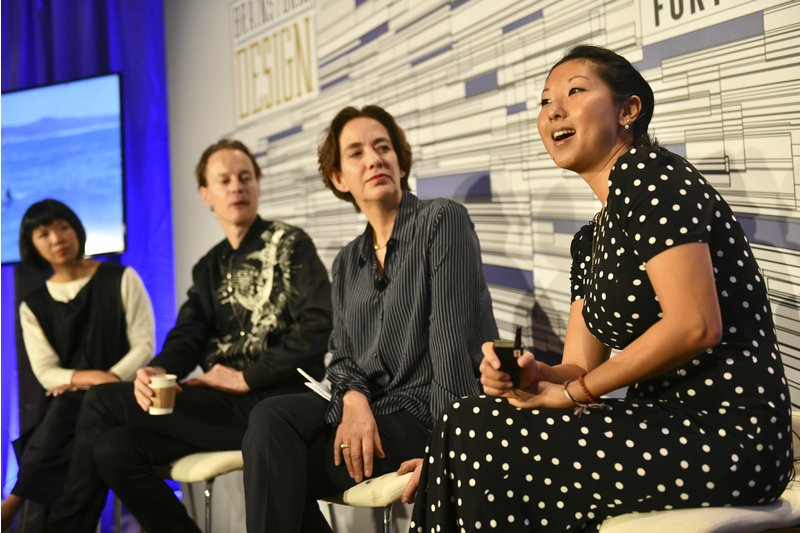‘Giving people permission to be heard’: the life-changing power of social design

Design thinking can help companies swell profit margins, but it can have even more powerful results when deployed in the service of social good, Jeanne Liedtka, professor at the University of Virginia’s Darden School of Business, told author John Cary at a panel on design’s social impact at the Fortune, Time, and Wallpaper* Brainstorm Design conference in Singapore on 7 March.
Liedtka described herself as a ‘newcomer to the social sector,’ having spent most of her career with what she calls the ‘dinosaurs — large, bloated bureaucracies.’ When she began researching her latest book, Design Thinking for the Greater Good: Innovation in the Social Sector, Liedtka encountered the idea of ‘design thinking as a social technology.’
From healthcare to governance, social sector design brings together stakeholders with a much more diverse range of opinions and priorities than in for-profit businesses, Liedtka said. Design thinking can be a powerful tool for balancing those priorities by ‘engaging a much broader view of voices’ to ‘have a different kind of conversation’ around their goals.
Few people are more committed to the importance of cooperating with communities affected by design than Liz Ogbu, an architect who likes to say she makes ‘opportunities for impact’ rather than buildings. As the founder of Studio O, Ogbu works with multinational corporations, local governments, and social enterprises to find inclusive, sustainable solutions for communities in need, like modular shelters that provide basic necessities such as water, seating, and restrooms for day labourers in the U.S.
Ogbu defines her work as that of a ‘translator’ of community’s needs and desires into spaces and products. And a large part of that work is creating a space where people feel comfortable and empowered to share their needs — like a shipping container that was redesigned to resemble a grandmotherly apartment, where residents of the historically African-American neighbourhood of Hunters Point in San Francisco shared the stories of a community they feared would soon be lost to gentrification.
‘A lot of what I do is an extrapolation of what is at the heart of the desire,’ she says. ‘We’re constantly looking for ways not to say, come and give us your input on our terms, but how can I find something that fits in your life and gives you a benefit, an experience.’
Jim Taylor, co-founder of the Proximity Designs, has been working in close concert with the communities that his firm serves for 14 years, in this case, small farmers in Myanmar, where 35 million rural farmers were ‘hugely underserved by the private sector, by the government sector, and even by the aid sector,’ Taylor said.
Since 2004, Taylor and his wife Debbie Aung Din have helped improve livelihoods of 550,000 families in 10,000 villages in Myanmar, ‘one of the most isolated and poor countries in the world,’ by a total of $263 million. Proximity Designs creates simple, practical, affordable equipment, such as a line of foot-powered water pumps and irrigation systems, the units of which cost less than $40. It also provides agronomy education to improve farmers’ knowledge of seeds and soil health and low interest rate loans to help farmers invest in better tools and seeds.
And from the get-go, Taylor said, Proximity’s ‘unique’ approach was to ‘treat people as customers, not as the recipients of charity.’ By listening to farmers’ concerns and ‘developing both the empathy and the deep knowledge about that situation,’ Proximity’s clients’ ‘problems became our problems,’ Taylor said. ‘That was really the animating motivation’ for the company’s work.
Cary agreed that ‘giving people permission to be heard, and to say things about their interests, desires or background — that’s a powerful force’ The author of Design for Good, Cary argues that incorporating diverse viewpoints is key to designing spaces or products that make people feel valued and respected, rather than the opposite.
Many private and public organisations fear giving control of a project’s direction over to a community, which they may suspect of being inexpert or unrealistic in their expectations, said Ogbu. She advocated for ‘shifting from term ’empower’ to "co-power"’ to demonstrate that ‘at the end of the day, both sides have some role to play’ in industrial social design, and it’s by cooperating that designers can best ‘deliver deep social benefit.’
The Brainstorm Design conference is jointly organised by Fortune, TIME and Wallpaper*, bringing together more than 300 top speakers and delegates from 33 countries. See more here
INFORMATION
For more information, visit the Brainstorm design website
Wallpaper* Newsletter
Receive our daily digest of inspiration, escapism and design stories from around the world direct to your inbox.
-
 All-In is the Paris-based label making full-force fashion for main character dressing
All-In is the Paris-based label making full-force fashion for main character dressingPart of our monthly Uprising series, Wallpaper* meets Benjamin Barron and Bror August Vestbø of All-In, the LVMH Prize-nominated label which bases its collections on a riotous cast of characters – real and imagined
By Orla Brennan
-
 Maserati joins forces with Giorgetti for a turbo-charged relationship
Maserati joins forces with Giorgetti for a turbo-charged relationshipAnnouncing their marriage during Milan Design Week, the brands unveiled a collection, a car and a long term commitment
By Hugo Macdonald
-
 Through an innovative new training program, Poltrona Frau aims to safeguard Italian craft
Through an innovative new training program, Poltrona Frau aims to safeguard Italian craftThe heritage furniture manufacturer is training a new generation of leather artisans
By Cristina Kiran Piotti
-
 Do we need to rethink the meaning of ‘design thinking’?
Do we need to rethink the meaning of ‘design thinking’?By Casey Quackenbush
-
 Designers today need to help fix a broken world, says MoMA’s Paola Antonelli
Designers today need to help fix a broken world, says MoMA’s Paola AntonelliBy Robert Horn
-
 ‘Oddness is okay.’ Thomas Heatherwick on the secret to successful urban design
‘Oddness is okay.’ Thomas Heatherwick on the secret to successful urban designBy Robert Horn
-
 Sustainability is not about designing less, but designing better
Sustainability is not about designing less, but designing betterBy TF Chan